The scientific name for leaf mold is cladosporiosis. In people, this disease is also called brown spotting. Typically, the disease affects tomatoes grown indoors. For plants grown on an open bed of plants, the disease is not dangerous, since the temperature is insufficient for its spread. At the initial stage, brown mold can be eliminated by folk methods. In case of severe damage to plants, fungicides are used.
Content
Causes of the disease
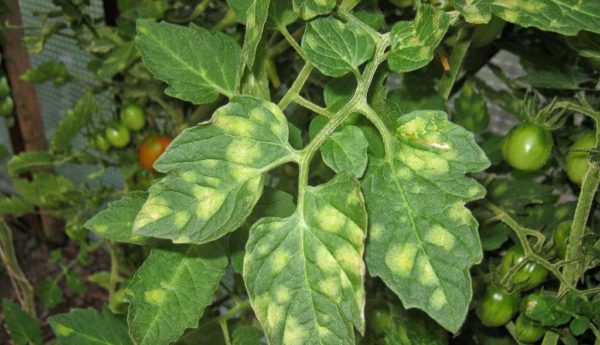
Cladosporiosis provokes the fungus Cladosporium fulvum Cooke. In an inactive state, spore viability persists for 12 months. At the same time, the colony tolerates a decrease in temperature and a long stay without access to moisture. The fungus is able to winter in the ground without access to plant debris. With the onset of spring, the pathogen again moves to tomatoes.
Contamination of the soil in the greenhouse occurs through water, air, tools and workers' clothing. Favorable conditions induce condia of the fungus to active development. The disease covers all cultivated plants and weeds in the greenhouse.
The causative agent of leaf mold is sensitive to humidity. For the successful development of the disease, this indicator must be at a level exceeding 80%. The best conditions arise when the humidity in the greenhouse reaches 90-95%. High temperature contributes to the rapid reproduction and spread of the fungal colony. Usually the weakened plants are the first to suffer, subjected to stress due to a sharp change in temperature as a result of improper ventilation or irrigation with cold water.
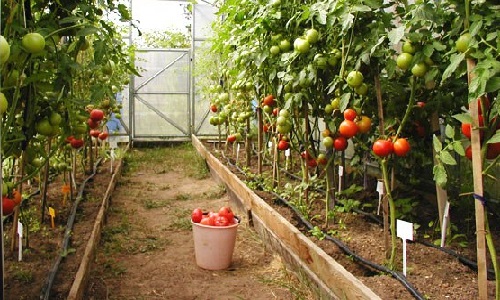 You may be interested in:
You may be interested in:Signs of leaf mold
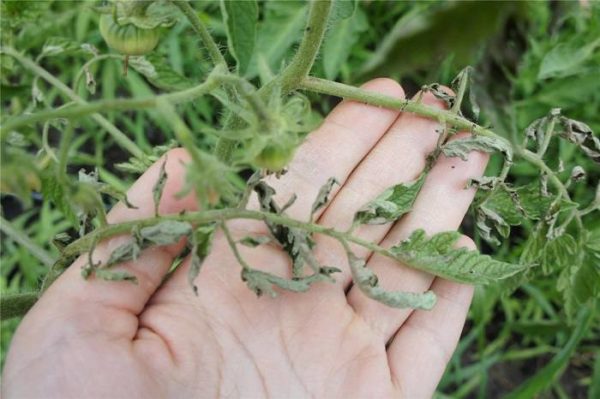
Only foliage of tomatoes suffers from cladosporiosis. Pathogens do not affect the rest of the plant. The development of this disease occurs gradually:
- Initially, the infection manifests itself during flowering. Regions of irregular shape of a yellowish-green hue appear on the lower leaves. On the reverse side of the sheet in the affected area, a velvety coating of a light gray hue is formed according to the type of mold.
- In the next stage, if untreated, the disease moves to the upper tier of the leaves. Failures occur during photosynthesis. This causes a deficiency of beneficial elements and affects the condition of fruits and stems.
- In the final phase of the disease, the color of the spots changes to tan; they spread to the entire leaf plate as a whole. The gray shade of the plaque turns into brown. Leaves curl and die. Then the fungus moves to a new plant.
Sometimes spots spread on the leaf petioles or on the stems. This indicates a critical level of infection. Such tomatoes can no longer be saved.
Treatment
For successful disposal of plants from cladosporiosis, it is necessary to begin treatment in a short time. It is good if the spots just began to turn yellow during detection. Then the treatment is successful and the crop can be saved without loss.
If suspicious spots are found on the leaves at any stage, they are immediately torn off. Do this carefully so as not to disturb the spores and not increase their distribution.The leaves are immediately folded into plastic bags and taken out of the greenhouse away. Destroy infected parts of plants by burning.
Treatment with folk remedies
Such methods show their effectiveness only at the initial stage of the spread of infection. But even in this case, the measures taken may not be sufficient. Then in a few days the signs of infection on the tomatoes will appear again. Alternative methods can be successfully used as a prophylactic to prevent the re-emergence of the disease in the greenhouse, where it was eliminated last year.
For spraying infected bushes and soil, apply iodine solution. For its preparation, 40 drops of iodine are stirred in 10 l of water. To effectively destroy the fungus, the liquid must soak the soil 10 cm deep.
Also, a good result against brown spotting is given by dairy processing. In this recipe you can use regular fresh milk or soured. The most effective solution is prepared on the basis of whey. To prepare the solution, 10 parts of water and 1 part of the selected product are mixed. Enhances the action of a solution of 30 drops of iodine.
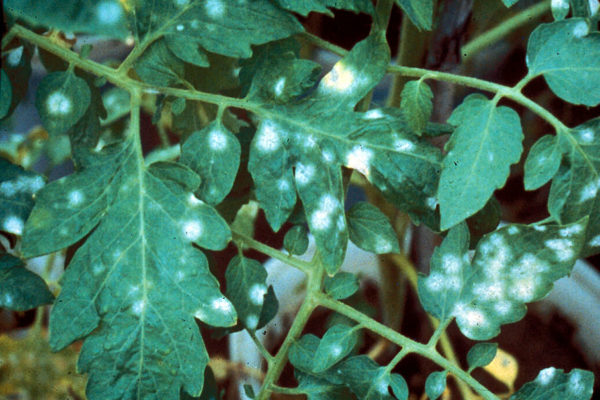
Spores of cladosporiosis die after spraying the affected bushes with potassium permanganate. The solution is made of warm water and several crystals of potassium permanganate to a pinkish tint.
An infusion of wood ash is suitable for spraying plants and watering the soil. To prepare it, mix 3 liters of water and 0.3 kg of wood ash and boil for 20 minutes. Then add water to the volume of a ten-liter bucket and leave to infuse for 3 days. For better adhesion, a little liquid soap or shampoo is introduced. With this solution, water the earth and spray the infected bushes. It is most effective to alternate treatment with a solution of ash and potassium permanganate once a week.
Chemical treatment
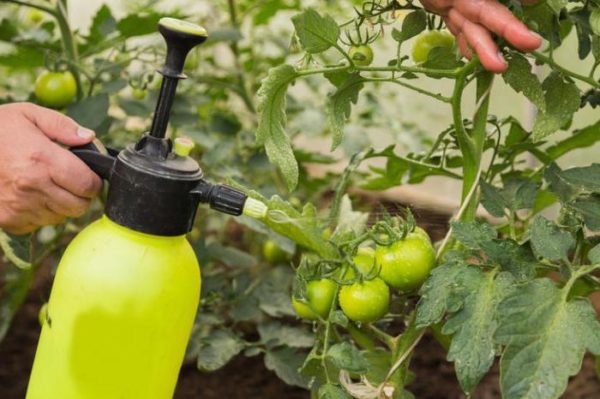
When the disease is detected at the stage of strong spread, folk remedies against it will not help. In this case, it is most reliable to treat plants with fungicides. At the same time, it is important to have time to carry out the processing 3 weeks before the harvest. Otherwise, traces of chemicals will be present in the shot tomatoes.
For treatment, drugs that are effective against late blight. High efficacy is shown by the Bravo, KhOM, Abiga-Peak, Poliram, and Tsineb preparations. They are bred and used, according to the attached instructions. At the same time, the period recommended between treatments is precisely maintained. The first time the plants are sprayed immediately, when the first spots on the leaves are found. Repeated spraying is performed after 2 weeks. The last time it is allowed to process plants 21 days before the harvest of ripened fruits.
Agrotechnical methods
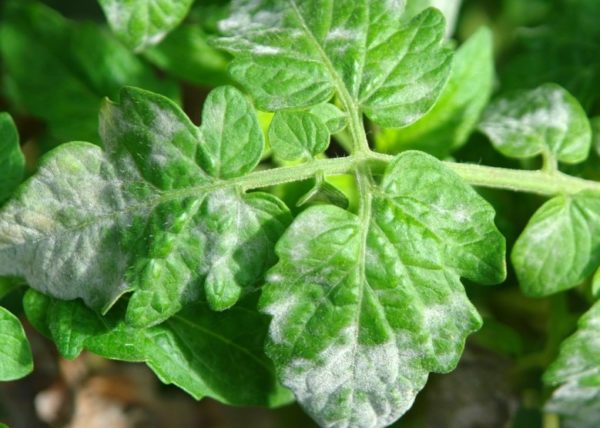
These methods can be used if the disease has overtaken tomatoes at the stage of fruit ripening, when chemicals can no longer be used. Then, the active spread of the fungus can be suppressed by creating adverse conditions.
Methods of exposure:
- Humidity is reduced to 65%. With this decrease, the colony of fungi stops its development. Tomatoes in this case do not suffer.
- The temperature under the greenhouse shelter is increased to 25-30 degrees. In such conditions, tomatoes are comfortable, but the fungal colony does not survive. It is impossible to increase air temperature more than +30 degrees. This affects the quality of the fruit and reduces the number of ovaries.
- All weeds are coming out. The fungus develops on them and then infects the cultivated plants.
Prevention
To prevent infection in the greenhouse, conditions are created under which the fungus cannot survive and actively spread. Before flowering plants maintain the temperature at the following level:
- from +18 to +19 degrees during the day if the weather is cloudy;
- from +20 to +22 degrees during the day on a sunny day;
- from +16 to +18 degrees at night.
When flowers appear on the bushes, the temperature regime is changed. During the day, indicators are maintained at a level of +26 to +30 degrees, and at night they are reduced to +14 degrees. Soil moisture is maintained at 80, for air this figure is 65%. Regularly ventilate the greenhouse, but do not allow cold drafts.
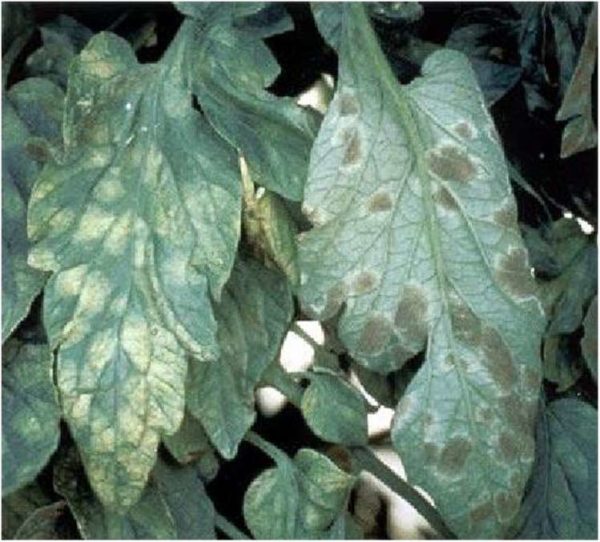
Tips to help prevent brown spotting:
- For normal ventilation, providing enough light and nutrients, tomatoes are planted at a distance recommended in the description of the variety.
- All plant debris, including roots and weeds, is collected and burned.
- At the end of the season after harvesting and destruction of plant debris, the greenhouse is disinfected with sulfur blocks or formalin.
- Plants are watered with moderate amounts of water in the morning or evening.
- The beds are mulched to reduce the spread of weeds.
- Unnecessary stepsons and leaves are cut.
- Weeds blur out on time.
- After watering, the greenhouse is aired.
In order to obtain additional profit in heated greenhouses, often a new batch of plants is planted immediately after harvesting the previous crop. This creates favorable conditions for the spread of infection. If the plants were infected with leaf mold, at least 10 months will pass before its spores die.
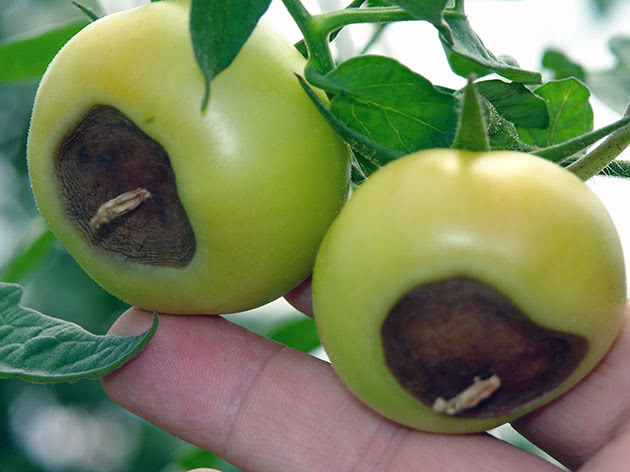 You may be interested in:
You may be interested in:Brown spotting is not a dangerous tomato disease, but it greatly reduces yield. The disease has characteristic signs that make it easy to distinguish from other infections. If treatment is started on time, the crop can be saved. To do this, the affected leaves are removed and destroyed and the plants are treated with folk remedies or fungicides.

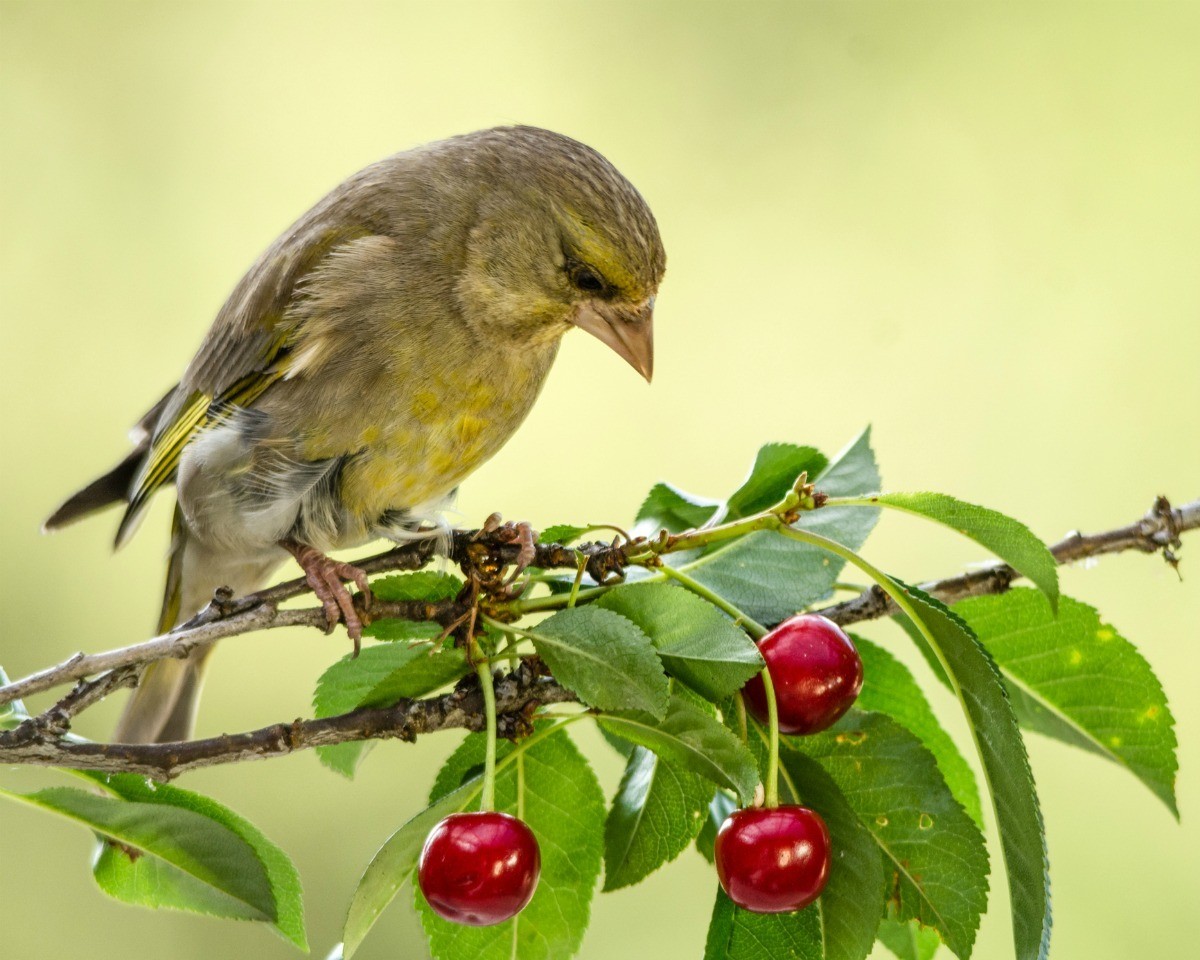
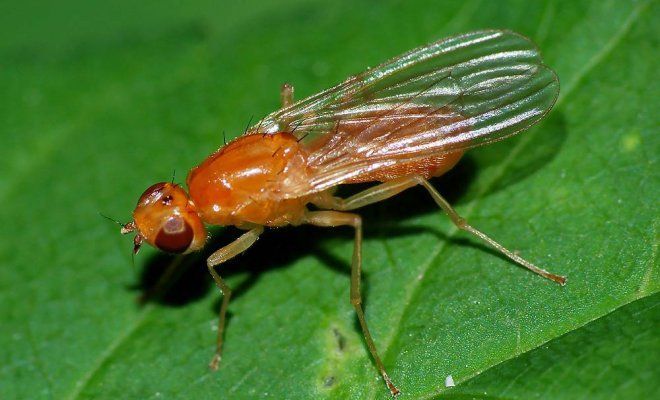
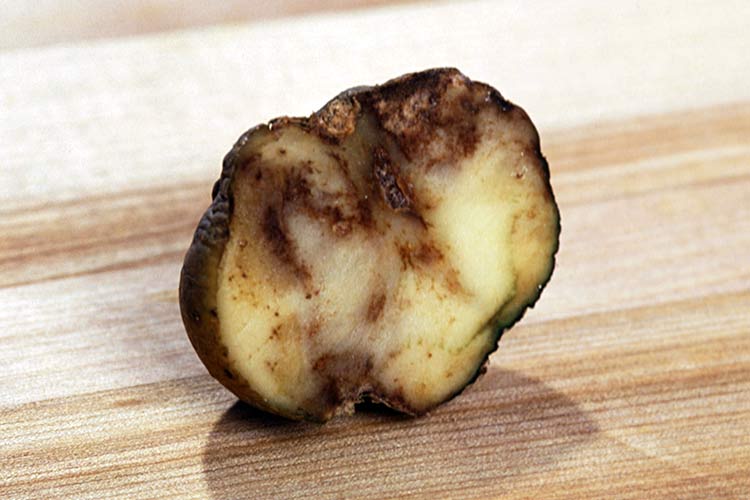
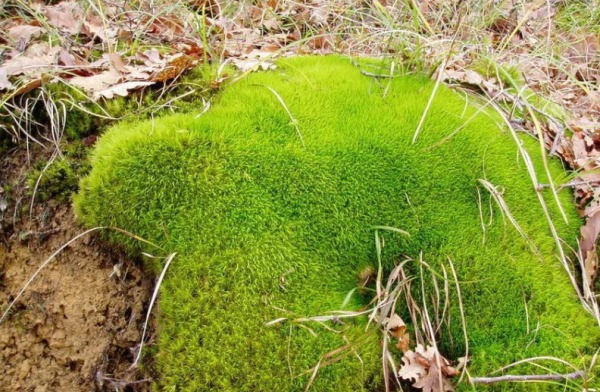 Where does moss come from in the garden and is it necessary to get rid of it?
Where does moss come from in the garden and is it necessary to get rid of it?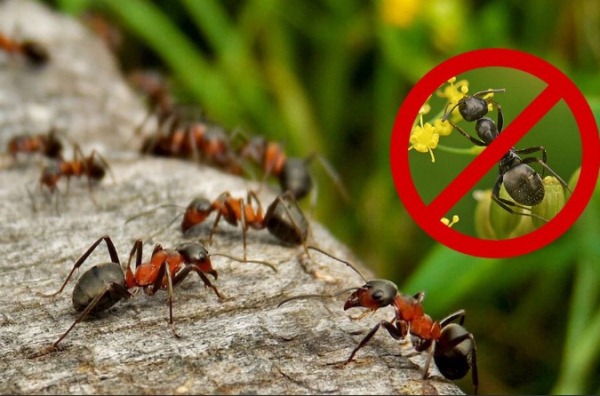 The most effective ways to deal with ants in the area
The most effective ways to deal with ants in the area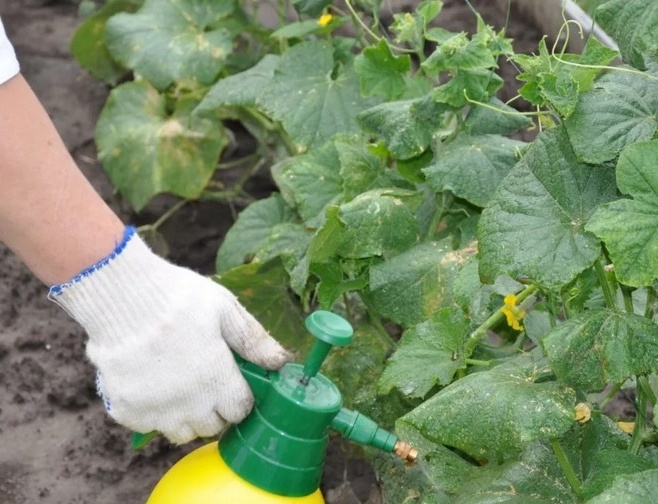 Cockchafer and Bear: An Easy Way to Save Plant Roots
Cockchafer and Bear: An Easy Way to Save Plant Roots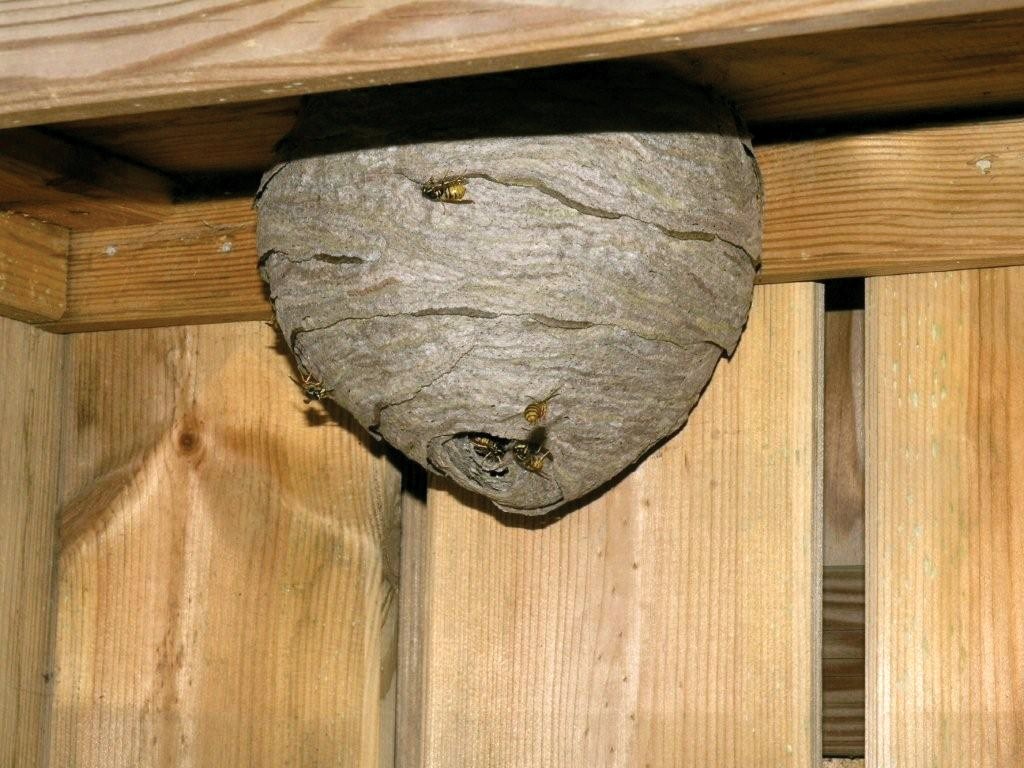 Get rid of the aspen nest quickly and safely.
Get rid of the aspen nest quickly and safely.